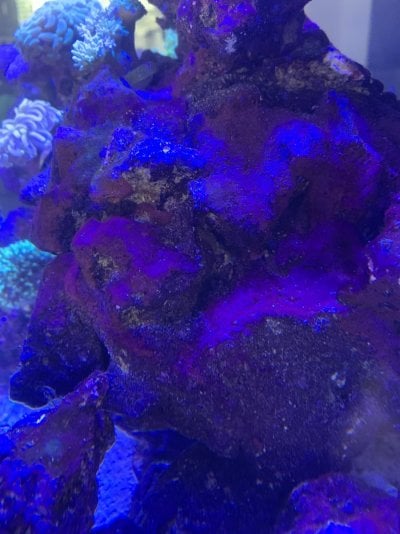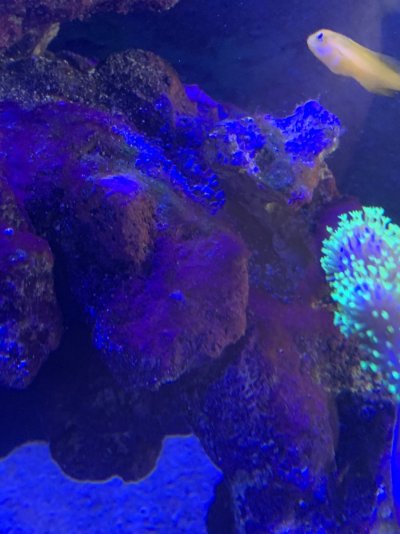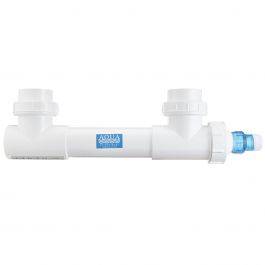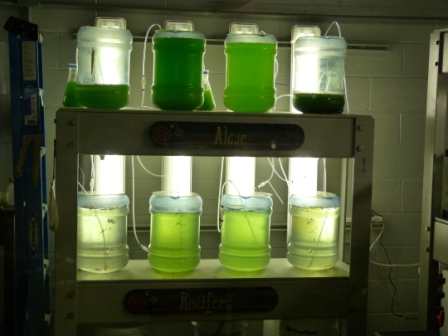Been dealing with Cyano for a couple weeks now. Water parameters from this morning below. First thing I tried was Microbacter clean, been dosing it every day. Next I installed a UV sterilizer, after noticing it disappears when the light turns off every night, and reappears every day, mostly on the rocks. I have been manually removing it with a toothbrush but it just seems to come back. I added some Asteria snails as well. I’ve been using RODI water for topping off. Really need some ideas. Lots of corals in the tank, including SPS and LPS that have been unaffected thus far by the Cyano. Any help is appreciated.
Water parameters:
Salinity: 1.025
Nitrates: 6.4
Phos: 0.07
Calcium: 417
Mag: 1455
Alk: 9.3
PH: 8.3


Water parameters:
Salinity: 1.025
Nitrates: 6.4
Phos: 0.07
Calcium: 417
Mag: 1455
Alk: 9.3
PH: 8.3























